Introduction
Pickling, an ancient culinary practice dating back thousands of years, has evolved from a necessity to preserve seasonal produce into a beloved method of enhancing flavor and texture. Originating in civilizations like Mesopotamia and ancient China, this technique involves immersing vegetables in a brine of vinegar, salt, sugar, or fermentation liquids to create tangy, crunchy, and vibrant dishes. Today, pickled vegetables adorn charcuterie boards, elevate sandwiches, and serve as zesty condiments globally. This article explores the science and creativity behind seven common pickled vegetable recipes, offering step-by-step guidance for both novice and experienced home cooks. From classic dill pickles to fiery jalapeño slices, each recipe balances tradition with innovation, ensuring a delightful addition to any meal.
Classic Dill Pickles
History & Overview
Dill pickles, a staple in American and Eastern European cuisine, trace their roots to the 17th century when European immigrants brought cucumber cultivation to North America. Their crisp texture and briny flavor, infused with dill and garlic, make them a timeless favorite.
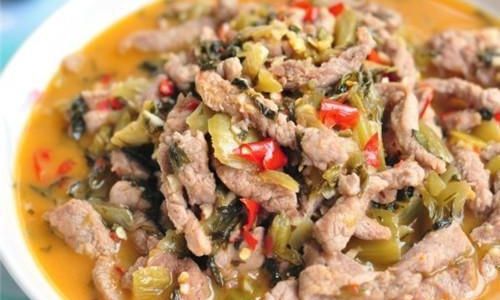
Ingredients
- 4 lbs small cucumbers (Kirby or Pickling variety)
- 4 cups white vinegar
- 4 cups water
- 1/2 cup pickling salt (non-iodized)
- 8 garlic cloves, peeled
- 4 tsp dill seeds
- 2 tsp black peppercorns
- 4 fresh dill sprigs
- 2 tsp red pepper flakes (optional)
Method
- Preparation: Wash cucumbers thoroughly and trim 1/16 inch from the blossom end to prevent softening. Sterilize four 1-quart jars in boiling water.
- Brine: In a saucepan, combine vinegar, water, and salt. Bring to a simmer, stirring until salt dissolves.
- Flavor Layering: Divide garlic, dill seeds, peppercorns, and red pepper flakes among jars. Add a dill sprig to each.
- Packing: Tightly pack cucumbers vertically into jars, leaving 1/2 inch headspace.
- Processing: Pour hot brine over cucumbers, maintaining headspace. Wipe rims, seal jars, and process in a water bath canner for 10 minutes.
- Storage: Let jars cool for 12–24 hours. Store in a cool, dark place for 4–6 weeks before consuming.
Variations: Add grape leaves for crispness (tannins prevent softening) or substitute fresh dill with dill weed.
Sauerkraut (Fermented Cabbage)
History & Overview
Sauerkraut, meaning “sour cabbage” in German, relies on lacto-fermentation, a process where beneficial bacteria convert sugars into lactic acid. This method, dating to 4th-century China, enhances digestibility and probiotic content.
Ingredients
- 2 medium green cabbages (5 lbs total)
- 3 tbsp pickling salt
- 1 tsp caraway seeds (optional)
Method
- Shredding: Remove outer cabbage leaves. Quarter, core, and shred cabbage into 1/8-inch strips.
- Salting: In a large bowl, combine cabbage and salt. Massage vigorously for 10 minutes until juicy.
- Packing: Transfer cabbage to a fermentation crock or glass jar, pressing firmly to submerge in brine. Add caraway seeds.
- Fermentation: Cover with a weight (e.g., a clean stone or glass disc) to keep cabbage submerged. Seal with a lid or cloth.
- Monitoring: Ferment at 60–70°F (15–21°C) for 1–6 weeks, skimming foam daily. Taste periodically; transfer to the refrigerator once desired tanginess is achieved.
Science Note: The salt-to-cabbage ratio (1.5–2.5%) inhibits harmful bacteria while promoting Lactobacillus growth.
Quick Pickled Beets
History & Overview
Pickled beets, popular in Eastern Europe and Scandinavia, offer earthy sweetness balanced by vinegar. This quick-pickle method skips fermentation for immediate enjoyment.
Ingredients
- 6 medium beets
- 1 cup apple cider vinegar
- 1 cup water
- 1/2 cup sugar
- 1 tsp salt
- 1 cinnamon stick
- 4 whole cloves
- 1 orange, sliced
Method
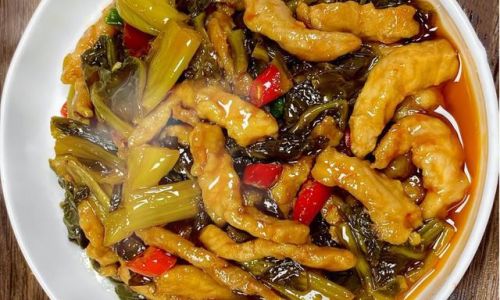
- Roasting: Preheat oven to 400°F (200°C). Wrap beets in foil and roast for 45–60 minutes until tender. Cool, peel, and slice into wedges.
- Brine: In a saucepan, combine vinegar, water, sugar, salt, cinnamon, and cloves. Simmer for 5 minutes.
- Packing: Layer beets and orange slices in sterilized jars.
- Processing: Pour hot brine over beets, leaving 1/2 inch headspace. Seal and refrigerate for 24–48 hours before serving.
Serving Suggestion: Pair with goat cheese or add to salads for vibrant color and flavor.
Bread and Butter Pickles
History & Overview
Originating in 1920s America, these sweet-and-tangy cucumber slices were named after their creator’s practice of trading them for bread and butter during the Great Depression.
Ingredients
- 4 lbs pickling cucumbers
- 4 cups white vinegar
- 3 cups sugar
- 1/4 cup pickling salt
- 2 tbsp mustard seeds
- 1 tbsp celery seeds
- 1 large onion, thinly sliced
- 1 red bell pepper, diced
Method
- Preparation: Slice cucumbers into 1/4-inch rounds. Combine with onions and bell peppers in a bowl.
- Brine: In a pot, mix vinegar, sugar, salt, mustard seeds, and celery seeds. Bring to a boil.
- Blanching: Pour hot brine over vegetables and let stand for 2 hours.
- Packing: Transfer mixture to sterilized jars, leaving 1/2 inch headspace.
- Processing: Seal jars and process in a water bath canner for 10 minutes.
Tip: For extra crunch, add 1/2 tsp alum powder to the brine (optional).
Spicy Pickled Jalapeños
History & Overview
Popularized in Mexican and Tex-Mex cuisine, pickled jalapeños (“jalapeños en escabeche”) balance heat with acidity, making them a versatile garnish.
Ingredients
- 1 lb fresh jalapeños
- 1 cup white vinegar
- 1 cup water
- 2 garlic cloves, sliced
- 1 tsp oregano
- 1 tsp salt
- 1/2 tsp cumin seeds
Method
- Preparation: Slice jalapeños into rings (wear gloves!). Leave seeds for heat or remove for mildness.
- Brine: In a saucepan, combine vinegar, water, garlic, oregano, salt, and cumin. Simmer for 5 minutes.
- Packing: Layer jalapeños in sterilized jars. Pour hot brine over, leaving 1/2 inch headspace.
- Processing: Seal jars and refrigerate for at least 1 week before using.
Safety Note: Use a non-reactive pan (stainless steel or enamel) to prevent metallic flavors.
Giardiniera (Italian Mixed Pickles)
History & Overview
Giardiniera, meaning “garden relish” in Italian, showcases a medley of vegetables pickled in oil and vinegar. Its origins trace to 19th-century Italian immigrants in Chicago.
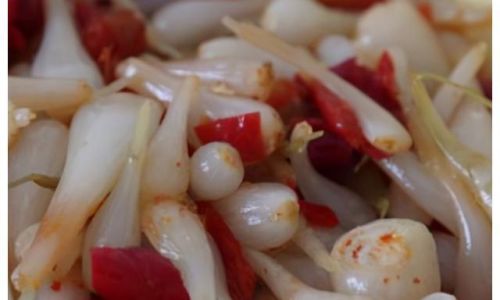
Ingredients
- 1 cup cauliflower florets
- 1 cup carrots, sliced
- 1 cup celery, chopped
- 1 cup bell peppers, diced
- 1 cup pearl onions
- 1 cup cherry tomatoes
- 2 cups white vinegar
- 1 cup olive oil
- 4 garlic cloves, minced
- 2 tsp oregano
- 1 tsp red pepper flakes
Method
- Blanching: Blanch vegetables (except tomatoes) in boiling water for 2 minutes. Drain and cool.
- Marinade: In a jar, combine vinegar, oil, garlic, oregano, and red pepper flakes.
- Packing: Mix vegetables and tomatoes in sterilized jars. Pour marinade over, leaving 1/2 inch headspace.
- Aging: Seal jars and refrigerate for 3–4 weeks to meld flavors.
Customization: Add olives, artichoke hearts, or capers for complexity.
Quick Pickled Red Onions
History & Overview
A staple in Latin American and Scandinavian kitchens, these vibrant onions add acidity to tacos, salads, and sandwiches within hours.
Ingredients
- 2 large red onions
- 1 cup red wine vinegar
- 1 cup water
- 2 tbsp sugar
- 1 tsp salt
- 1 bay leaf
- 1/2 tsp black peppercorns
Method
- Slicing: Thinly slice onions into rings.
- Brine: In a saucepan, combine vinegar, water, sugar, salt, bay leaf, and peppercorns. Simmer until dissolved.
- Packing: Place onions in a heatproof jar. Pour hot brine over, leaving 1/2 inch headspace.
- Cooling: Let cool to room temperature, then refrigerate for at least 1 hour.
Shelf Life: Consume within 2 weeks for optimal texture.
Tips for Pickling Success
- Acidity Matters: Use vinegar with 5% acidity or higher for safe preservation.
- Avoid Metals: Opt for glass, ceramic, or stainless steel tools to prevent reactions.
- Headspace: Leave 1/2 inch in jars to prevent overflow during processing.
- Altitude Adjustments: Increase water bath canning time by 5 minutes for every 1,000 feet above sea level.
- Labeling: Date jars and track flavors in a pickling journal.
Conclusion
Pickling transcends mere preservation—it is an art form that transforms humble vegetables into culinary treasures. Whether fermenting cabbage for gut health or quick-pickling jalapeños for a fiery kick, each method offers a gateway to exploring global flavors. Experiment with spices, sugars, and textures to tailor recipes to your palate. As you master these techniques, remember that patience yields the deepest flavors. So, grab your mason jars, embrace the tang, and let the age-old ritual of pickling breathe life into your kitchen.
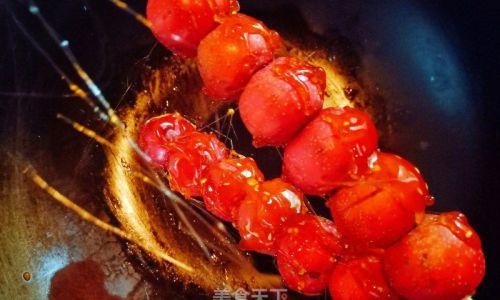
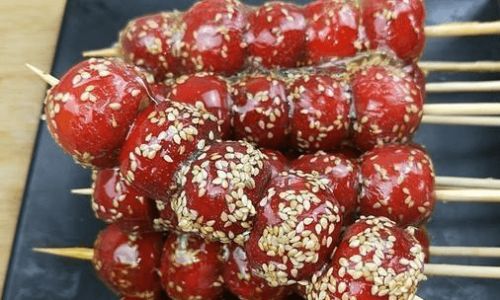
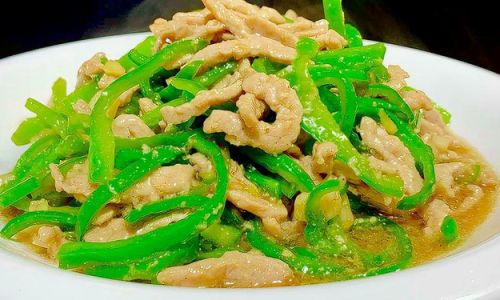
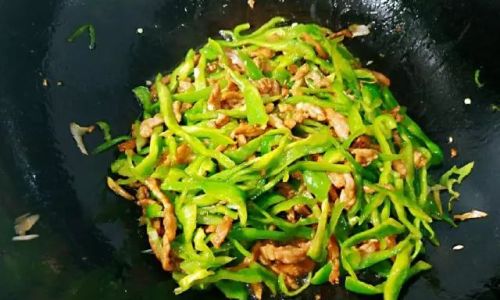
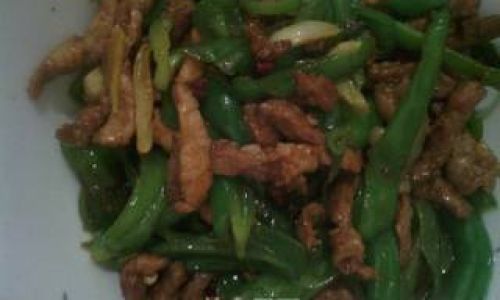
0 comments